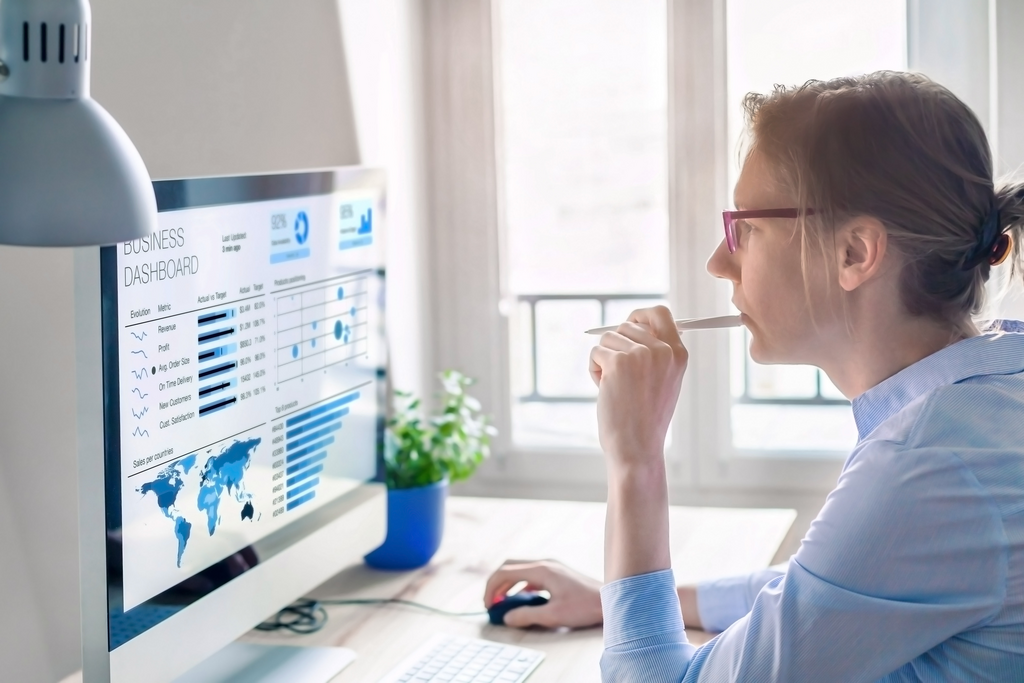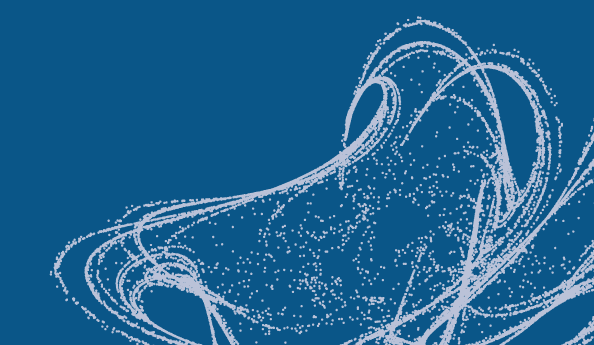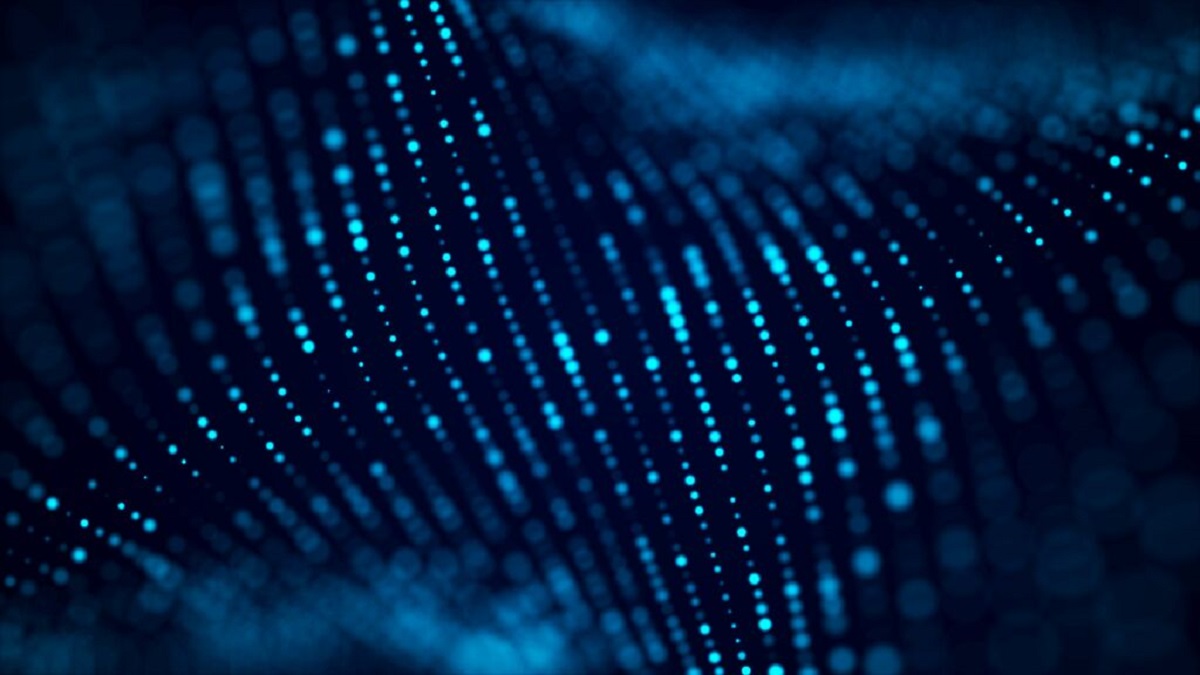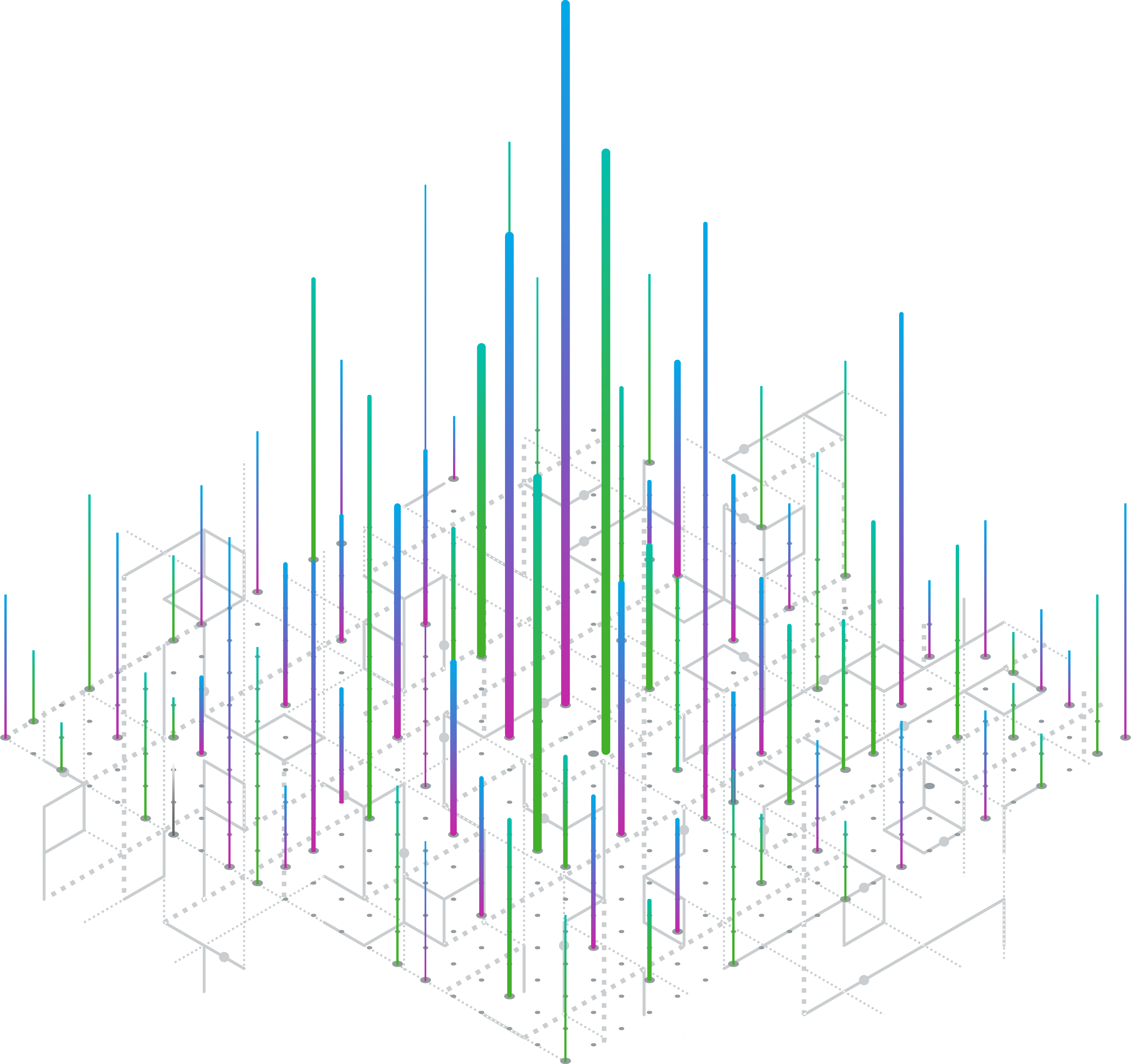Bring your biosimilar to market faster by tapping into unparalleled data, technology, advanced analytics, and scientific expertise.
Biologic medicines are becoming a mainstay in disease treatment and represent a growing share of medicine spending. Biosimilars have provided savings to the U.S. healthcare system and increased patient access to these disease-modifying therapies. However, biosimilar competition is not guaranteed. Existing challenges to the biosimilar market and increasing complexity of biologic medicines could limit biosimilar development in the future and diminish the benefits realized from biosimilar competition. Understanding and addressing the potential ‘biosimilar void’ is crucial for the future sustainability of the biosimilar market and to realize the cost savings these medicines bring.
In this report, patent expiries were assessed for all biologic medicines on the U.S. market. The current status of biosimilar development was collated and overlayed with patent expiries occurring over the next decade from 2025 to 2034. We looked at a range of characteristics of biologic medicines that could limit biosimilar development and contribute to a ‘biosimilar void’—or areas where biosimilar competition may not transpire. Factors limiting the biosimilar pipeline include sales potential, timing of patent expiry, therapeutic area, orphan status, and molecule complexity. This report characterizes this biosimilar void and provides potential solutions for stakeholders to maximize biosimilar opportunity. Biosimilar competition provides cost savings and plays a vital role in the overall sustainability of the U.S. healthcare system. Understanding and addressing the biosimilar void is critical to realize the benefits these medicines bring.
Key findings
- Over the next decade (2025–2034), 118 biologics are expected to lose patent protection, presenting a $232Bn opportunity for biosimilars.
- Only 12 molecules set to lose patent protection from 2025 to 2034 have biosimilars in development as of June 2024, with the remaining 106 biologic patent expiries representing a ‘biosimilar void.’
- Factors influencing biosimilar development are market potential, timing of patent expiry, disease area, patient population size, and complexity of manufacturing and clinical testing.
- To ensure the sustainability of the biosimilar market and the savings and affordability benefits are fully realized by the healthcare system and patients, stakeholders must address the challenges contributing to a biosimilar void.
Other findings:
Number of biologics and sales exposure by year of expiry in U.S., 2025-2034

- The next decade presents significant opportunity for biosimilars as 118 biologics are expected to lose patent protection from 2025 to 2034, with loss of exclusivity (LoE) opportunities for these biologics totaling $234Bn.
- Average sales exposure per year over the next decade is $23Bn and 12 biologics losing patent protection on average each year, compared to $9Bn over the last decade and five expiries highlighting the accelerating pace of patent expiries in biologics.
- Looking at historic patent expiries shows that biosimilar competition is not a certainty for all biologics, and increasing pressures on biosimilar developers may limit the future potential of biosimilars.
Share of biologics by pre-expiry sales and number of biosimilars in development, expiries 2025-2034

- Of the 118 biologic patent expiries over the next decade, 10% currently have biosimilars in development and could face competition, while 90% have no pipeline limiting savings potential to the healthcare system.
- Biosimilar development is concentrated in biologics with high sales potential and near-term expiries.
- Thirteen high sales, near term expiries have no biosimilar development, indicating that sales and expiry timing are not the only factors influencing biosimilar developer decision-making.
Biologic expiries by orphan status and biosimilar pipeline, 2025-2034

- Of the upcoming patent expiries, 64% (75) have been approved for orphan indications, of which the majority are approved only for rare diseases (orphan only) and not for both rare diseases and larger population diseases (partial orphan).
- Orphan only biologics have little biosimilar development given the clinical development complexities and often low sales potential; 27% of partial orphan drugs have a biosimilar pipeline.
- Other factors influencing biosimilar development are disease area and complexity of manufacturing and clinical testing.
Challenges for biosimilar sustainability

- Factors limiting biosimilar development include burdensome regulatory requirements, slow market adoption, high investment costs, confusion over interchangeability, reimbursement challenges, and uncertainty related to the Inflation Reduction Act.
- Potential solutions to ensure sustainability of biosimilar competition include regulatory streamlining, improving market conditions for biosimilars, and collaboration among stakeholders.
- In an ideal market, if all products facing patent expiries in the next 10 years that currently have no biosimilar pipeline were to face biosimilar competition at expiry, the U.S. healthcare system could save an additional $189Bn on top of savings generated by biosimilars already on the market or expected to enter.
Related solutions
Explore our end-to-end, full service clinical development capabilities including Therapeutics expertise, Development Planning, Phase I early clinical development, Phase IIb/III and Phase IV Trials, Regulatory Submission and Post-Launch Studies.

























